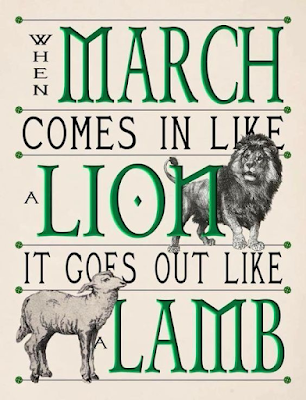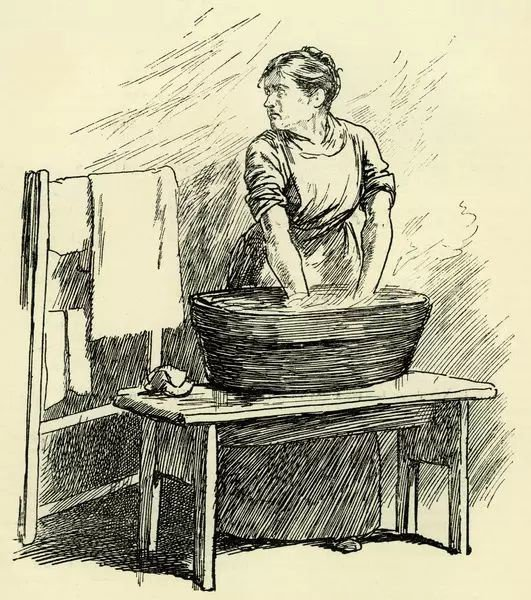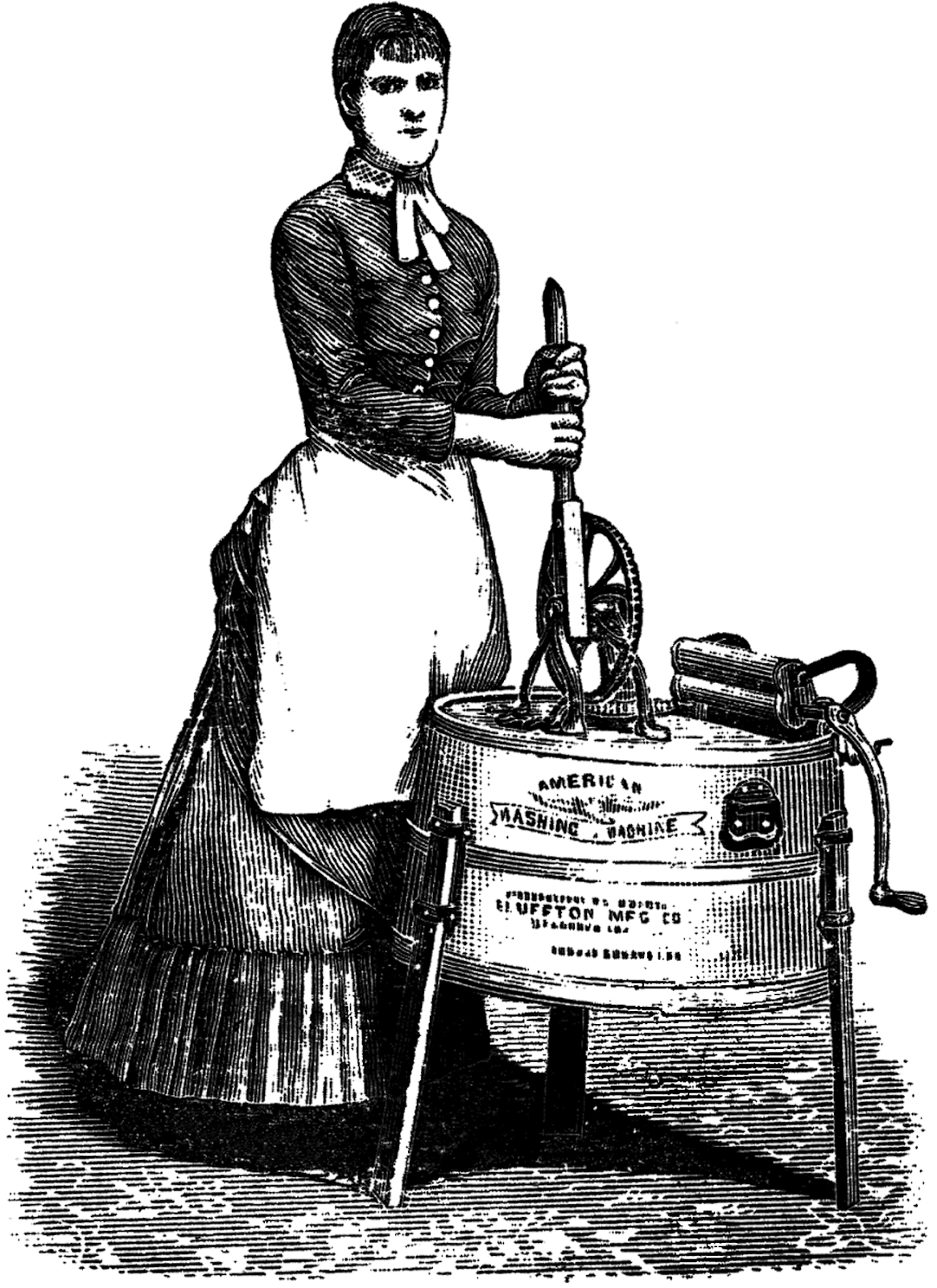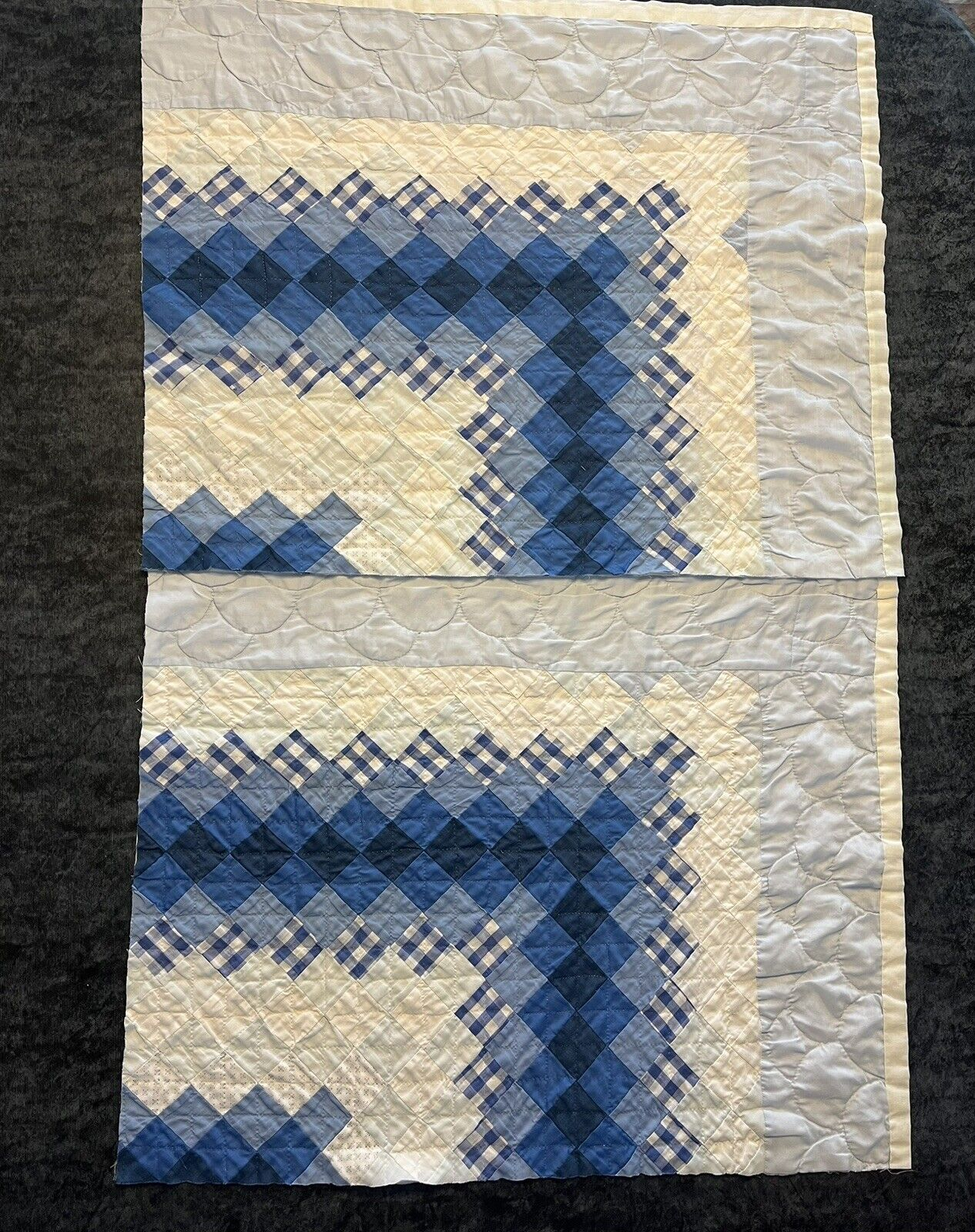Good morning tea drinkers and coffee drinkers (like me).
The Salada Tea Company was founded in Canada in 1892. The founder, Peter Larkin, innovated the sale of tea by packaging it tin foil instead of a tin. By the early 20th century, sales in the U.S. were so brisk that a headquarters was founded here.
I don't drink tea so it isn't like I am promoting the product. I just remember seeing the tea packages when I was a kid. The tea is still sold in the U.S. and it's nice to see a company survive for over a century.
But today's post is about a contest held in Canada in the 1950s, possibly into the 1960s. What caught my eye was a blurb about a tulip quilt:
Although I knew of a lot of quilt contests during The Depression, I was surprised to see a contest in 1954. I never could find an image of the quilt pattern chosen by the ladies so here is a coverlet from collection to get you in the mood:
I continued to investigate this tea contest but I'm afraid I couldn't find much. I even emailed Salada tea for information and they directed me to the headquarters in Canada; the website has only a phone number and no email so I let it go.
But here is what I did find. Apparently a lot of Women's Institutes (or W. I.) throughout Canada participated in the Salada Tea Contest. If you don't watch PBS shows from Britain, you might no be familiar with the W. I. The W. I. was like a women's club but originally was founded during World War I to encourage women to produce/grow food during the war. Since then it has a much broader scope and is one of the largest volunteer groups in the U.K. So it's not surprising that Canada, as part of the Commonwealth shared many of the same types of organizations. The W. I. is still active in Canada.
The focus in the 1950s contest appears to be handicrafts. In Red Deer, Alberta, Canada a 1957 newspaper explained more in an article about a local W. I.: "Mrs. Morrison outlined the 1957 handicraft list and explained the Salada Tea Contest." This made more sense when I found other articles that mentioned that cross stitch, knitting, embroidery, and even a baby layette were made for the contest. Another quilt was mentioned as having been produced in the 1952 minutes from the W. I. in Cowal, Ontario: "In 1952, the 'Morning Glory' quilt was made and entered for the Salada Tea Contest and displayed in the department stores in St. Thomas..."
Again, no image to show you but here is a Morning Glory quilt from Ebay that you might enjoy:
Some articles indicate that particular women won $100 for their entry. It appears that as the years went on, tea drinkers could compete for a winning prize by enrolling in contest via mail and need not produce handwork. From 1967:
What this did make me wonder is if the Salada Tea Contest (at least the handicraft aspect) was similar to premiums offered at local fairs. There was a recent time when certain prizes were offered by companies for things made by the 4-H and other participants. I wonder if this was similar.
Quilt contests continue through the present day but rarely are they sponsored by a non-sewing entity. A few exceptions include a contest in Edmonton, Alberta in 1956 and sponsored by The Star Weekly or another contest sponsored by a department store in Chicago that offered $100 prizes for new and antique quilts, lastly the contest most similar to the Salada Tea version was one 1952 contest offered to a Grange in Oneota, NY and sponsored by the Sears Roebuck Foundation.
If you know of any other contests or more about the Salada Tea Contest, give me a shout out!
Have a safe and happy day!




































.JPG)













